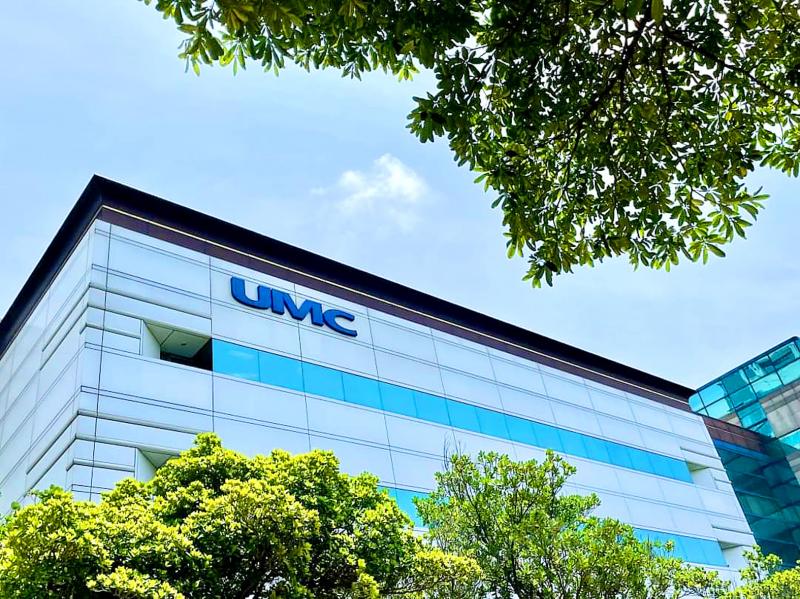In Q1 2022, the Taiwanese company UMC increased its revenue by 14.8% year-on-year, but it fell sequentially by 10%. Capital expenditure last year, following the example of TSMC, had to be reduced by 10% to $2.7 billion. This year, capital expenditure will not exceed $3 billion, and difficult economic conditions, according to management, will continue at least until the end of Q1 2023.

According to UMC President Jason Wang (Jason Wang), customer inventories are still above the norm and demand remains low, so the current quarter does not inspire much optimism for the company's management. Capex for 2023, although capped at $3 billion, will ensure a new fab is commissioned in the third quarter in southern Taiwan. The main catalyst for growth in demand for semiconductor components this year, according to UMC management, will be the automotive sector.
Silicon wafer shipments fell sequentially by 14.8% in the fourth quarter, although revenue fell only 10%. This suggests that UMC's pricing policy made it possible to partially compensate for the decline in production volumes, and demand is concentrated on products that are more profitable to sell. This was partly facilitated by the continuing shortage of semiconductor components, because it is stronger in mature technology nodes, which UMC specializes in. Rival TSMC recently warned that its first-quarter revenue could fall by 5% due to problems with demand and overstocking of customer warehouses, and capital expenditures were also cut.
In the current quarter, UMC expects to face a consistent decline in output by 17% to 19%, and the equipment utilization rate will decrease from the current 90% to 70%.







